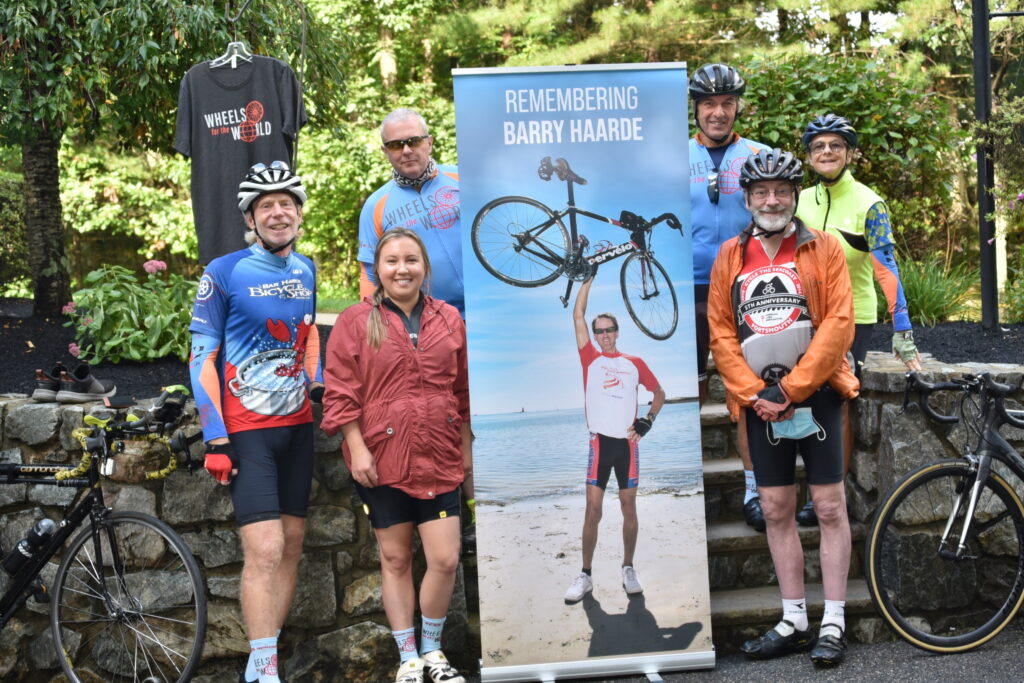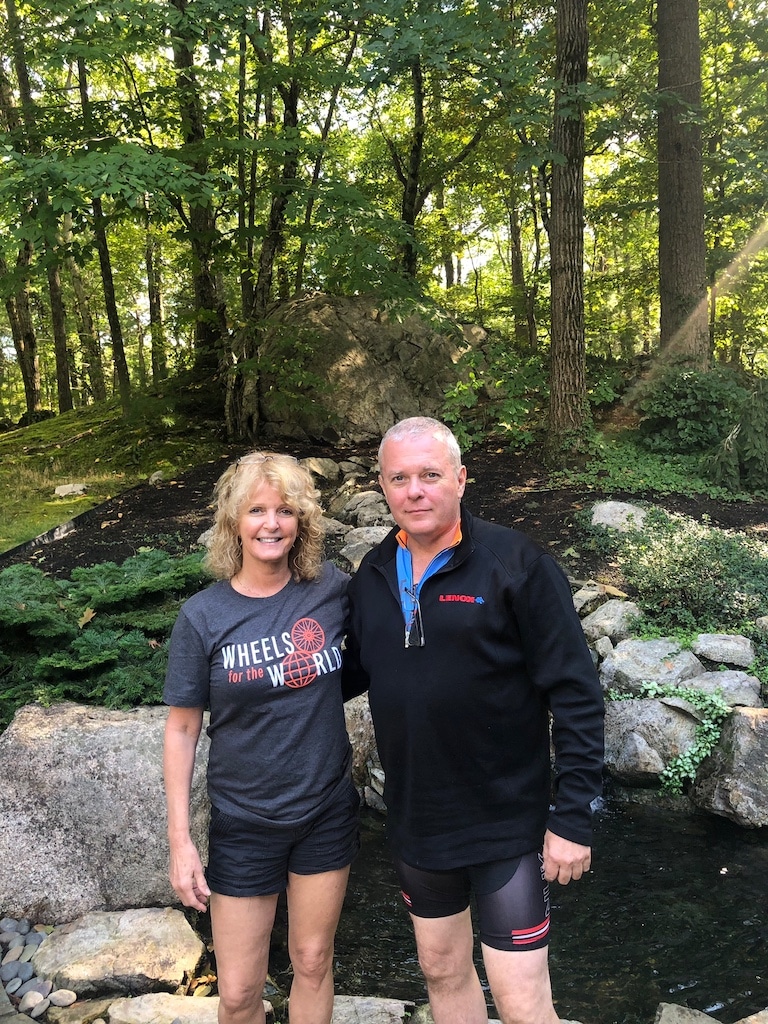Save One Life: Cheers for 20 Years!
No matter how many dozens of presentations I’ve given over 32 years, being on a TV set, with only cameras to look at, makes me nervous! I wasn’t alone last Thursday evening; Chris Bombardier confided he felt the same way—and this is the guy who did the Seven Summits, including of course Everest! I told him I had no problem once being asked to speak in front of 100 Japanese hematologists in Hiroshima; live audiences are great. But teleprompters?
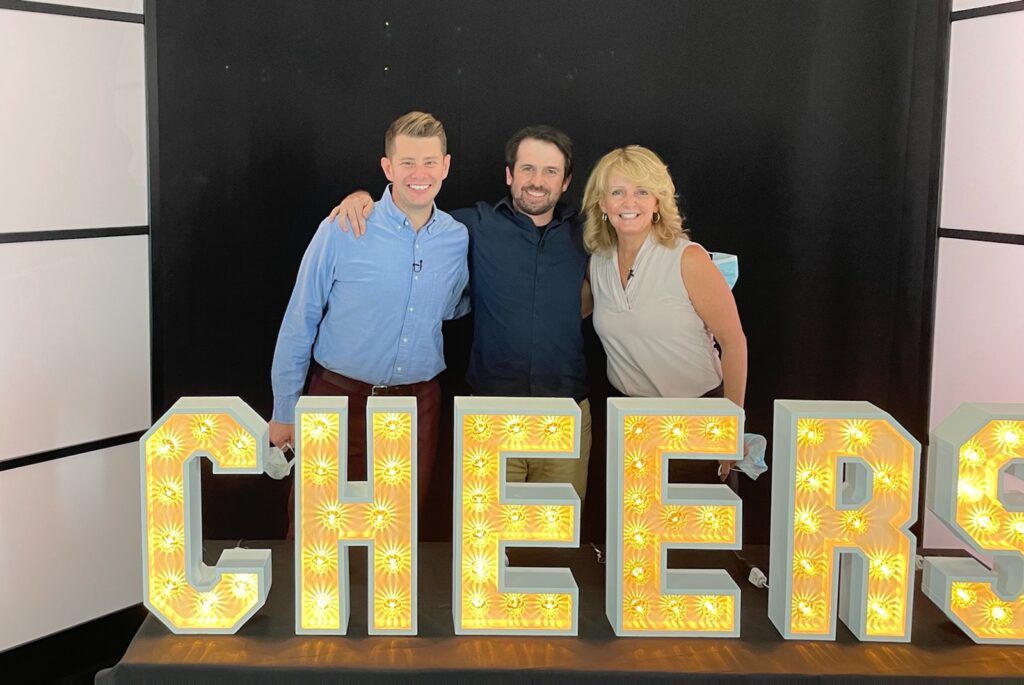
No matter. We went live Thursday evening to celebrate 20 years of bringing funding, service and hope to over 2,000 families with bleeding disorders in developing countries. Two things made the evening unfurl without a hitch: the fantastic team we have in the Save One Life office, especially the untiring efforts of Jodi Weeks and Karen Serevitch, and having the irrepressible Michael DeGrandpre as emcee!
See the entire show here.
The evening was a hit. We met at Charles River Media Group near Channel 5 headquarters in Needham Heights, Massachusetts. Seeing the behind the scenes working of putting on a live show was fascinating.
I had not seen the behind-the-scenes videos that were show throughout the evening: our program partners, sponsors, donors, board members, and even some of the beneficiaries that I had known as children… all grown up and sharing their successes thanks to Save One Life.
I had tried contacting one person, Lisa O’Connor, who originally had given me the idea of Save One Life back in 1997! I still had the yellow lined paper with her idea on it that she had sent me. I had saved it all these years. I just wanted her to watch, so she would know we were crediting her. She never replied. How shocked I was when I saw suddenly a video of her, thanking us all! I was floored, and grateful.
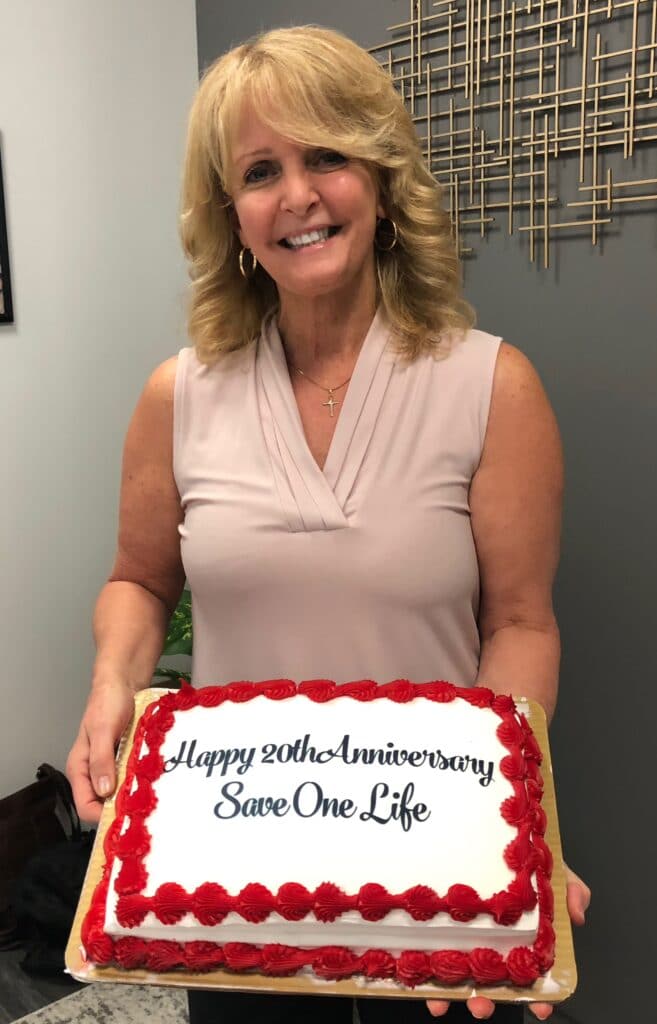
And I wanted to surprise my mother, by thanking her for the gifts she has given to me when a child: raising us to love children, showing how to help one another, and above all, raising me in a faith that puts charitable giving to the poor and suffering above all things. Again, the team surprised me totally, when, after my thanks to her, she was in a video, offering cheers to us!
Watch the event here!
We covered our programs, and the videos highlighted the impact these have made on those who participated: young men who have become doctors or engineers through our scholarship program; families that benefitted from our micro-enterprise grant program; children who participated in camp; and of course, over 78 countries getting factor from Project SHARE.
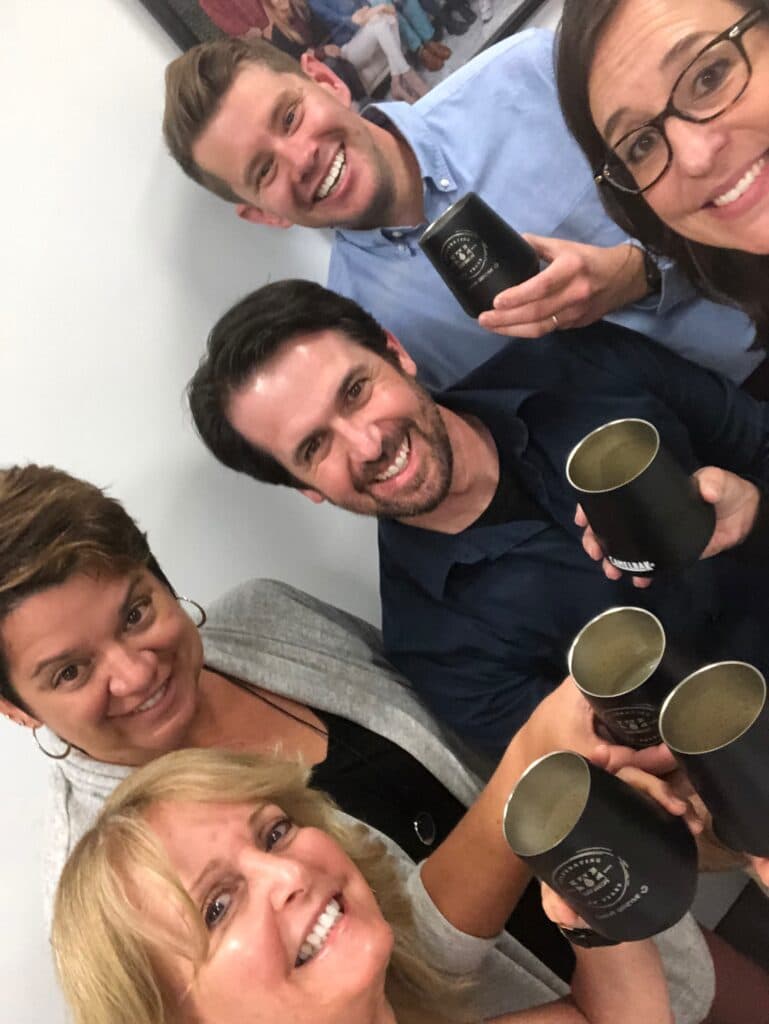
The event was also a fundraiser. Thanks to Michael’s infomercial skill set, we raised over $36,000 with an additional surprise: a $100,000 gift from on donor, the Muir family of California (formerly from Massachusetts, who I had known when our sons with hemophilia were born).
It was truly time to celebrate. After the show, and we said our thank yous and good-byes on air, we retired to the prep room, where champagne and cake awaited! We were elated and happy the program went off without a hitch.
Me: I never would have organized such a thing. It just isn’t me. But I see how a celebration like this allows everyone to share in the joy we have brought to others, and to allows us to celebrate each other as a community. It pumps us up to do more, serve more, and be more.
To Jodi and Karen, to Michael, to the Muirs, to the two donors who provided matches (Eric and Rich) to all our sponsors and donors and program partners: a huge thank you! We could not exist without you. We could not provide the needed help overseas without you.
Cheers to you all! And to 20 more years!

